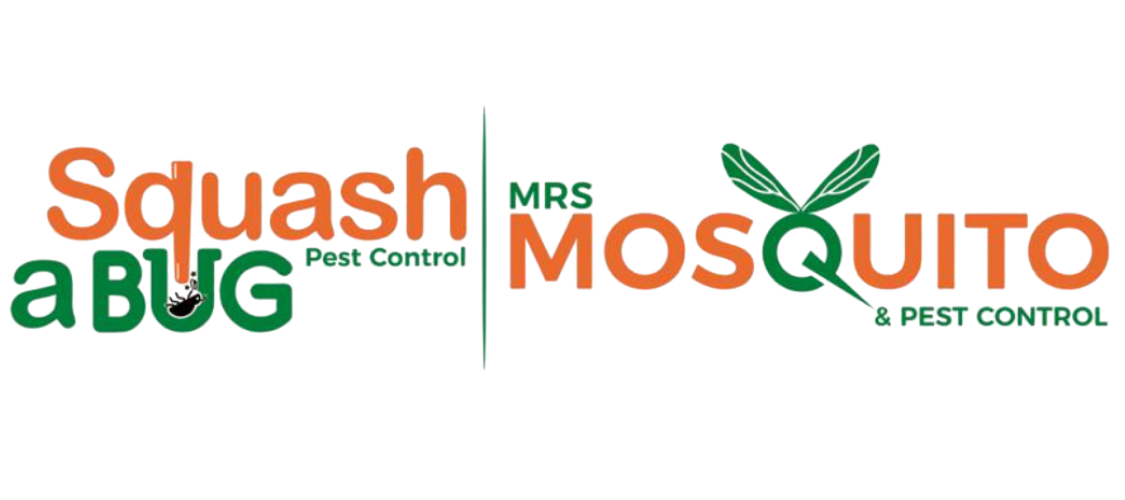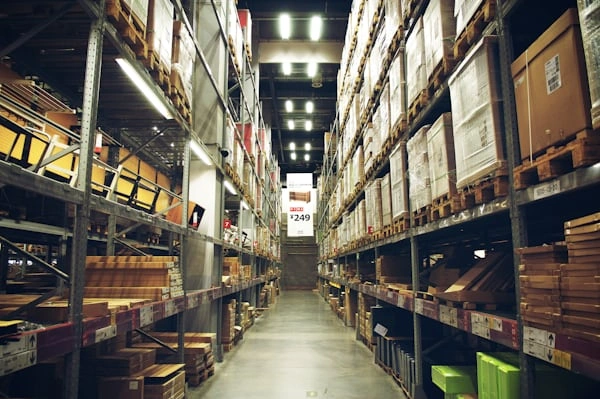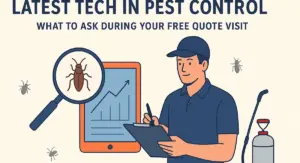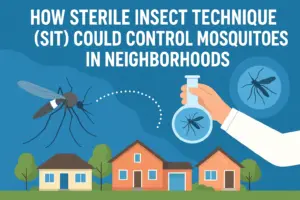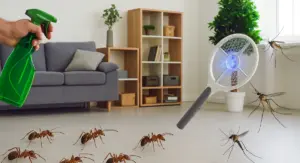Running a warehouse isn’t just about organizing inventory and meeting delivery deadlines. There’s an invisible threat that many warehouse owners overlook, pests. Whether it’s rodents, cockroaches, flies, or even birds, an infestation can cost your business thousands in damaged goods, reputation loss, and even health code violations. The good news? You can stop pests before they take over.
Here’s how you can protect your warehouse from infestation using smart, proven pest control methods, without wasting time or money.
Why Pests Love Warehouses
Warehouses are like a buffet for pests. They’re large, usually warm, and often store food items, packaging materials, or items that provide shelter. Some common pests that find these spaces attractive include:
- Rodents like rats and mice
- Cockroaches
- Flies
- Spiders
- Birds
- Stored product pests like beetles and moths
Each of these can bring problems, from contaminating products to chewing through electrical wiring.
The Real Cost of a Pest Problem
A pest issue in a warehouse doesn’t stay hidden for long. Rodents chew through boxes and wires. Cockroaches spread bacteria. Birds leave droppings everywhere. If your warehouse serves the food, medical, or packaging industries, the risks are even higher.
Here’s what’s at stake:
- Product loss due to contamination or damage
- Regulatory fines and failed inspections
- Increased insurance premiums
- Lost contracts with major clients
- A damaged reputation with partners and vendors
That’s why proactive pest control isn’t optional, it’s part of smart warehouse management.
Start With a Warehouse Inspection
Before you bring in traps or spray chemicals, begin with a full inspection. Walk through your entire facility. Check corners, storage racks, break rooms, loading docks, and dumpsters.
Here’s what to look for:
- Droppings or grease marks
- Gnaw marks on packaging or walls
- Strange smells, especially in dark areas
- Dead insects around light fixtures or windows
- Bird nests or feathers in rafters
This step helps you identify entry points and common hiding spots.
Block Their Way In
Pests don’t pay rent, but they sure know how to move in. The best defense is making it hard for them to get inside in the first place.
Check and fix:
- Cracks and gaps in walls, doors, and foundations
- Damaged weather stripping on dock doors
- Open vents or pipes without proper mesh or covers
- Screens on windows and air vents
Consider installing door sweeps and automatic closing doors for high-traffic areas.
Keep Your Warehouse Clean and Organized
Clutter is a pest’s best friend. Boxes stacked too high or left untouched for months create perfect hiding spots.
Tips for better storage:
- Rotate stock regularly using the First In, First Out (FIFO) method
- Keep all items at least 18 inches from walls
- Store food and perishables in sealed containers
- Clean spills immediately, even small ones
- Don’t let garbage bins overflow, empty them daily
Encourage employees to report messes or pest sightings without fear of blame.
Manage Exterior Spaces
Pest control doesn’t stop at the warehouse door. What’s happening outside can lead to problems inside.
Steps to control the exterior environment:
- Keep grass and shrubs trimmed back
- Don’t let pallets or trash pile up near the building
- Make sure dumpsters are sealed and cleaned regularly
- Use motion-activated lighting to discourage rodents and birds at night
Even a clean warehouse can attract pests if the outside is a mess.
Partner With a Reliable Pest Control Service
While DIY steps are helpful, nothing replaces professional help. A trained technician knows where to look, what signs to spot, and how to treat infestations without harming your stock.
Look for providers who specialize in commercial pest control for warehouses, like Pest Management for Warehouses. They use integrated pest management (IPM) methods, combining inspection, prevention, and minimal chemical treatments for effective results.
A few benefits of hiring the pros:
- Regular service keeps pests out long-term
- Safe use of chemicals around food or packaging
- Compliance with local and federal regulations
- Documentation for audits and inspections
If you’re looking for a trusted provider, pest control companies offer tailored solutions for warehouses of all sizes.
Train Your Staff to Stay Ahead
Your warehouse team is on the floor every day. Train them to recognize the early signs of infestation and take action.
What your team should know:
- How to report pest sightings immediately
- Where and how to clean properly
- The importance of sealing products
- How to dispose of waste the right way
Make pest prevention part of your standard operating procedures and employee training manuals.
Use Smart Pest Monitoring Tools
Technology has made pest monitoring easier than ever. Today’s smart traps can alert you when a rodent is caught or when activity spikes in a certain area.
Some modern tools include:
- Electronic rodent monitoring systems
- Infrared cameras in dark areas
- Insect light traps that track fly activity
- Barcoding systems to document inspection points
These tools give you better visibility and help build a data-driven prevention plan.
Set Up a Regular Pest Control Schedule
Pest control isn’t a one-time event. You need a routine schedule to inspect, treat, and monitor your warehouse.
A typical service plan might include:
- Monthly inspections
- Rodent bait and trap checks
- Entry point sealing and repairs
- Seasonal treatments for pests like ants or flies
Work with your provider to customize a plan that fits your facility and products.
Watch for Seasonal Changes in Pest Activity
Different pests show up in different seasons. Summer brings flies and ants. Winter pushes rodents indoors. Fall might bring an uptick in spiders.
Adjust your pest control plan accordingly:
- Increase rodent inspections in colder months
- Treat for flies and mosquitoes in warmer months
- Check stored goods for beetles and moths year-round
Stay ahead by planning your approach before the season shifts.
Document Everything
Record-keeping isn’t just for show. In case of an inspection or audit, your pest control log can prove compliance and prevent shutdowns.
Keep track of:
- Inspection reports
- Treatment schedules
- Pest sightings and actions taken
- Training and cleaning routines
Digital tools can make this easy to manage and share with your pest control company.
Final Thoughts
Protecting your warehouse from pests isn’t just a task, it’s part of running a successful operation. It starts with awareness, continues with prevention, and stays effective through professional support and consistent habits.
Don’t wait until you see the signs. Start building your pest prevention plan today. If you need help, reach out to a provider like Squash A Bug and ask about a warehouse inspection. A cleaner, safer, and pest-free warehouse is well within reach, with the right strategy in place.
